Fresh produce waste lessening over time
A movement to reduce produce waste is spreading like wildfire. Fruits and vegetables that are not perfectly pretty and fresh-cut waste commonly end up in a landfill. But today groups are surfacing whose goal is to fix the problem.
The March edition of National Geographic, titled “How ‘Ugly’ Fruits and Vegetables Can Help Solve World Hunger,” by Elizabeth Royte, reveals that every year some six billion pounds of fruit and vegetables go unharvested or unsold in the United States, often for aesthetic reasons.
It states that food waste goes against the moral grain, noting that nearly 800 million people worldwide suffer from hunger.
The Food and Agriculture Organization of the United Nations reports we squander enough food — 2.9 trillion pounds globally a year — to feed every one of them more than twice over.
In developing nations, much is lost postharvest for lack of adequate storage facilities, good roads and refrigeration. Developed nations waste food farther down the supply chain, when retailers order, serve or display too much, and when it’s tossed in the trash by consumers.
This isn’t news to anyone in the produce industry. The majority would attest that U.S. consumers buy with their eyes, not their palates. A two-legged carrot? Pass. A sweet pepper folded in half? Pass. A knobby sweet potato? Pass.
Growers, wholesalers and distributors who cater to the higher levels of retailers typically remove these unsightly, but totally edible and healthy, items during the sorting and packaging level. The majority of what is sorted out also goes to waste. Processors too have a huge amount of waste in what is removed in peeling, cutting and packaging.
According to Inverse, an online site that covers nearly every genre by asking What could happen next? reports that sensing the need for change, campaigns like California’s Imperfect Foods are reaching out in many ways to lessen food waste.
USA Today reports that in the name of reducing food waste, Whole Foods is testing sales of aesthetically challenged fruits and vegetables in a few stores. Partnering with the advocacy group, Imperfect Produce, the grocery chain began selling ugly fruits and vegetables at some of its Northern California stores in early April.
Inglorious Fruits and Vegetables is a project created by Intermarché, the third largest supermarket chain in France. It decided to sell the non-calibrated and imperfect fruits and vegetables 30 percent cheaper, in an attempt to change attitudes toward ugly fruits and vegetables.
Last November, on CNN Impact Your World in the segment “How ugly food can end hunger,” Lauren Lee-Johnson interviewed Dana Cowin, editor-in-chief of Food & Wine Magazine. It has launched an ugly food movement, which encourages the magazine’s readers and social media users to embrace the unappealing looks of fruits and vegetables.
In the article, Cowin said the ugly food movement embraces the potential of funny-looking or smaller-sized fruits, vegetables and other wild-looking edibles. It’s the difference between choosing a lumpy, two-headed tomato at the market instead of a round, shiny tomato — very little effort for a lot of gain.
Another movement, called stem to root cooking, is taking place. Chefs involved make a concerted effort to use the entire vegetable, hence the name. It is sweeping across the country at fine dining establishments, and has spread into kitchens of all sorts, consumers’ homes included.
Produce professionals too have joined the movement. Baldor Specialty Foods in the Bronx, NY, is working on a truly unique project that could possibly surpass all other efforts in that, if testing goes well, could reduce waste almost entirely.
For the second half of March 2015, Manhattan’s swanky Blue Hill restaurant was closed to make space for a pop-up experiment called wastED. Baldor supplied the food scraps; cores, trimmings and tops. During the project Blue Hill served only product that would otherwise go to waste.
Inspired by the project, Baldor launched SparCs — scraps spelled backward — in December.
“Companies the size of Baldor should be in a no-waste category,” said Michael Muzyk, company president. “SparCs is a comprehensive plan to eliminate all organic waste destined for the landfill. The initiative includes trims, tops and peelings.”
Through SparCs, Baldor is challenging the industry to incorporate these usable ingredients into their operations and, ultimately, to redefine the meaning of the word waste.
SparCs takes a three-tiered approach focusing first on human consumption, then on animal feed and finally anaerobic digestion.
Baldor is currently collaborating with Flying Pigs Farm to develop optimally nutritious pig-feed using SparCs. The company also plans to participate in a program at Newton Creek’s Wastewater Treatment Plant that will introduce food waste to the digester stream for the first time.
And it is working with Marshall Ingredients in Wolcott, NY, a quality food ingredients manufacturer and distributor, specializing in all-natural dried fruit and vegetable products.
“We learned that scraps can be dehydrated and processed into a fine powder, similar to flour, and we learned that the end product has a protein value. But we needed to find a use for it, and so we sent it to a university laboratory in Pennsylvania.”
The first batch was made entirely from beets, and Muzyk learned that before red food dye, beets provided the coloring for red velvet cake. The university made an outstanding cake using the ingredient.
Baldor also worked with one of its cheese producers who rolled the fresh cheese in the product instead of the normally used ash, and they were highly pleased with the result.
“A major restaurant chain said they would use it in bread making to supply their restaurants across the country,” said Muzyk.
“Even Whole Foods has offered to package and sell it themselves — we just don’t know yet what it will be sold as. Use options are unlimited, and we’re really excited about this as being a huge resolve to wasted food in the future,” he added.
















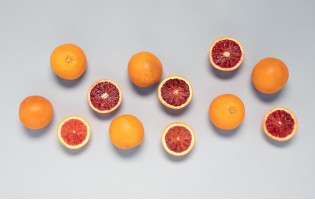
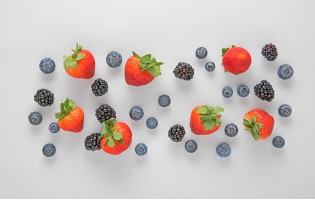





































































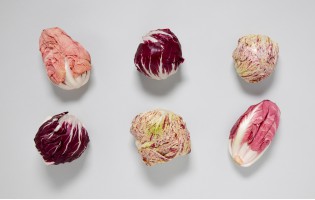
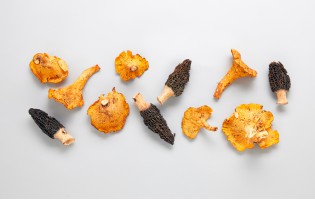











































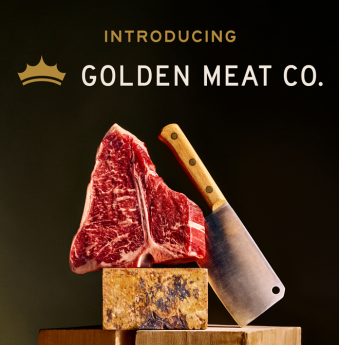
















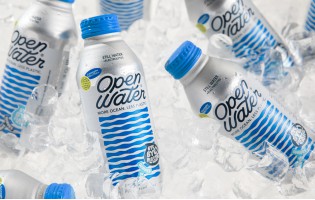
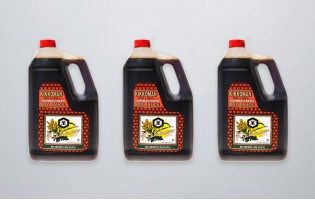






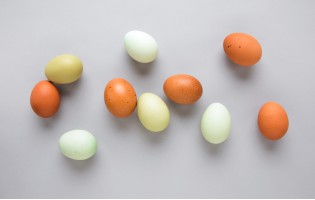
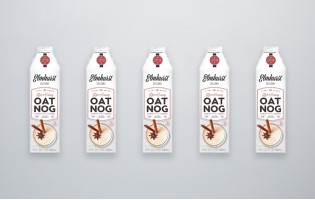
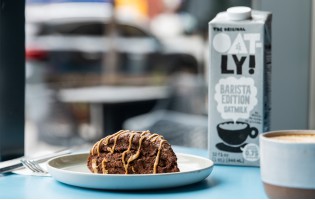


















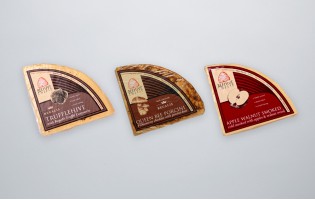
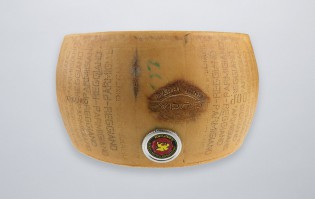
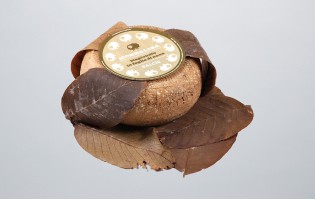










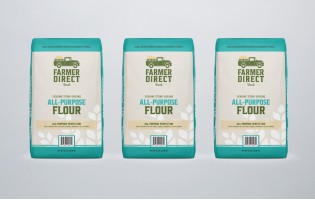


















 Fruits
Fruits  Organics
Organics  Vegetables
Vegetables  Fresh Cuts
Fresh Cuts  Meat & Poultry
Meat & Poultry  Grocery
Grocery  Dairy
Dairy  Cheese
Cheese  Bakery
Bakery  Seafood
Seafood 